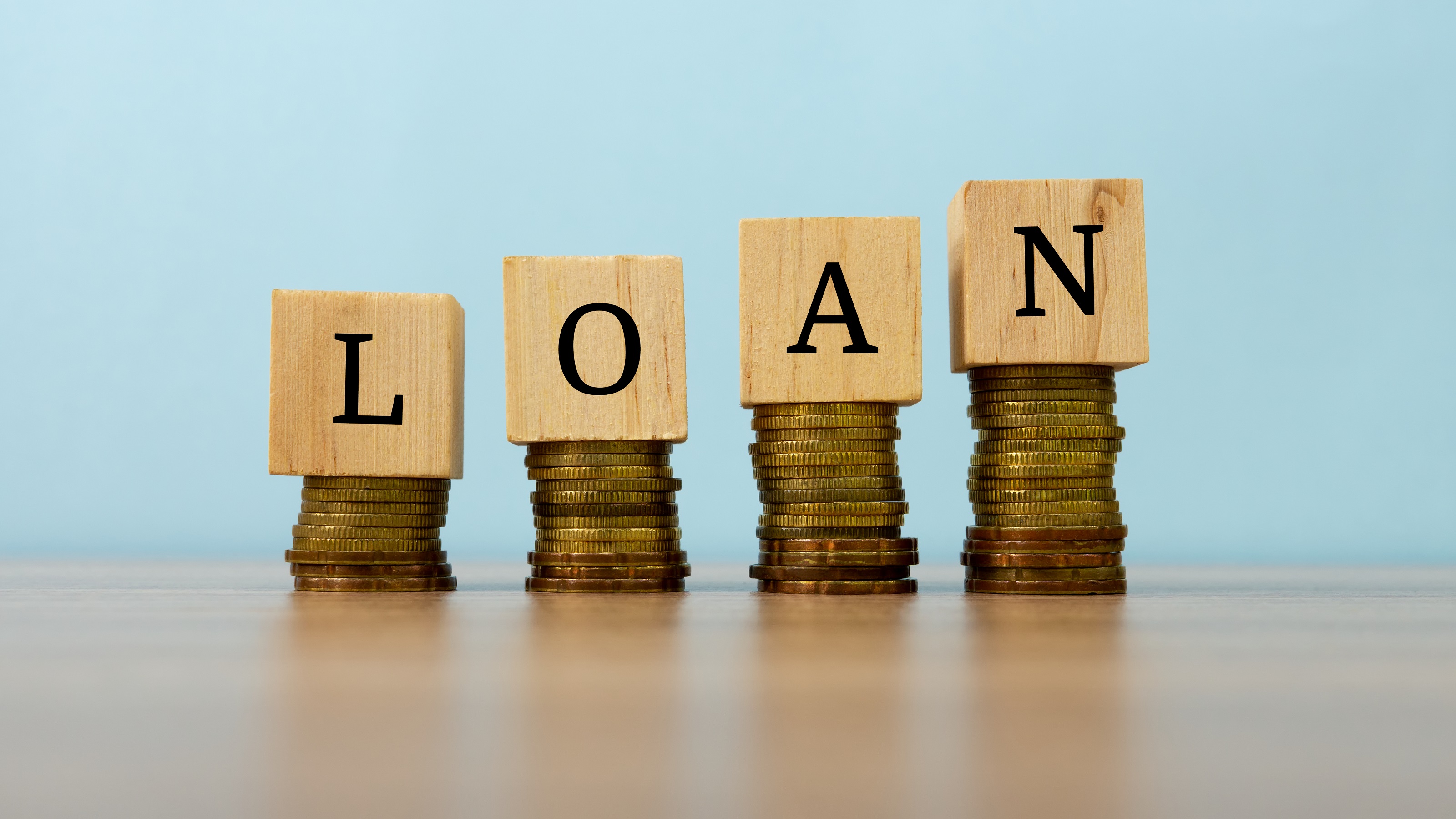
If you needed a small loan to fund car repairs, buy a new car or make crucial kitchen renovations, where would you go?
You could certainly go to a bank, but the application process may take longer than expected, and the requirements might be more stringent for those with fair credit. If you’re just starting out, or if you are on the journey to enhance your credit, an online marketplace lending platform could provide a smoother, more successful experience for obtaining the funding you need to achieve your dreams while improving your overall financial well-being.
We at Prosper introduced peer-to-peer (P2P) lending to the U.S. in 2005, and nearly 20 years later, our personal loan platform has facilitated more than $26 billion in loans for more than 1.5 million Americans.
A wider range of access to loans
The introduction of P2P lending in 2005 was a breakthrough in giving a wider range of Americans access to loans that help them meet financial needs, consolidate their debt and more. It also provided an opportunity for individuals to expand and diversify their investment portfolio beyond conventional options and achieve solid returns by investing in “notes,” or shares, of borrowers’ unsecured personal loans.
To meet the growing demand in this space, P2P lending, which originally focused on retail investors, expanded to include institutional investors under a broader umbrella called marketplace lending.
Below is a list of the top five advantages over traditional lending that some marketplace lending providers, and specifically P2P lending, can offer:
- Easier qualification for those with fair or poor credit. P2P loans are typically unsecured loans provided by investors to individual borrowers or small businesses. Consumers with fair or less-than-ideal credit scores may qualify for these loans much easier than they can with bank loans — and may be able to obtain lower interest rates.
- Fast, seamless online application process. P2P and other online marketplace platforms allow consumers to apply online for loans and identify the loans that would be the best fit for them, in a matter of minutes. Depending on the platform, potential borrowers can, after creating an online account and obtaining an interest rate estimate, authorize a “soft pull” credit check that won’t impact their credit scores — and all before formally applying for a loan. Some online lending platforms can also undertake “soft pull” credit checks after applications have been submitted, further protecting borrowers’ credit scores.
- Flexible terms. Depending on which marketplace lending platform a borrower uses, they can customize their monthly payments and rates — and can even make changes to their payment dates after loan agreements are signed, without having to provide a reason. Certain platforms may also offer multiple ways for borrowers to make payments, ranging from phone or mail to mobile apps and electronic fund transfer.
- Getting money fast. Certain lending platforms enable borrowers to receive their money as quickly as the next business day.
- Solid returns for investors. P2P lending enables borrowers and individual investors to succeed and grow together. Usually, when the borrowers begin making monthly payments and interest, the money is distributed to the contributing investors, minus any platform and servicing fees. The loan payments from borrowers can provide a source of passive monthly income for investors. Furthermore, investors may have the opportunity to invest in loan listings for as little as $25.
Consumers need to proactively protect themselves from bad actors in this space, and the personal finance marketplace in general. A good rule of thumb is to always vet the lender/company, read customer reviews, take the time to read and understand the loan terms in-depth and check the lender/company’s cybersecurity measures. The latter is especially important for keeping personal information well-protected.
Household debt has been climbing
The benefits that peer-to-peer lending holds over traditional lending are impressive — and they couldn’t come at a better time, given that U.S. household debt has been increasing. During the first quarter of 2024, total U.S. household debt increased by $184 billion to $17.69 trillion, according to the Federal Reserve Bank of New York. Americans’ mortgage balances rose by $190 billion to $12.44 trillion, and their auto loan debt increased by $9 billion to $1.62 trillion. Meanwhile, Americans’ home equity lines of credit rose for the eighth consecutive quarter since the first quarter of 2022, increasing by $16 billion to $376 billion.
In addition, the New York Fed reported that almost 9% of annualized credit card balances and 8% of annualized auto loans entered into delinquency during the first quarter of this year.
With Americans’ debt balances only continuing their upward trajectory, P2P lending can provide a viable, advantageous alternative for obtaining the money they need to achieve success and improve their financial well-being.
Prosper's borrower payment dependent notes (“Notes”) are offered pursuant to a Prospectus available at: prosper.com/prospectus. Notes are not guaranteed or FDIC-insured, and investors may lose some or all of the principal invested. Investors should carefully consider these and other risks and uncertainties before investing.







